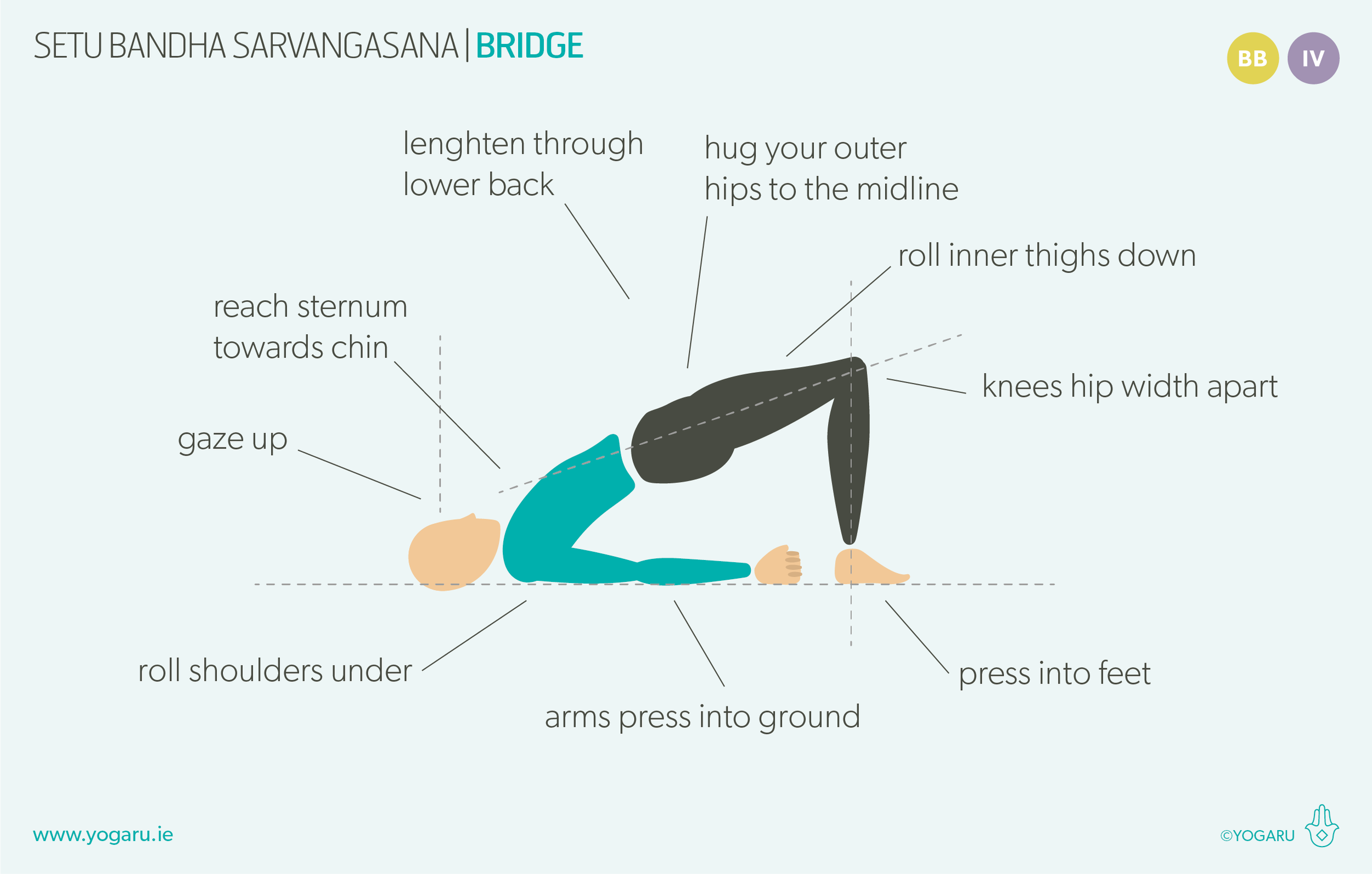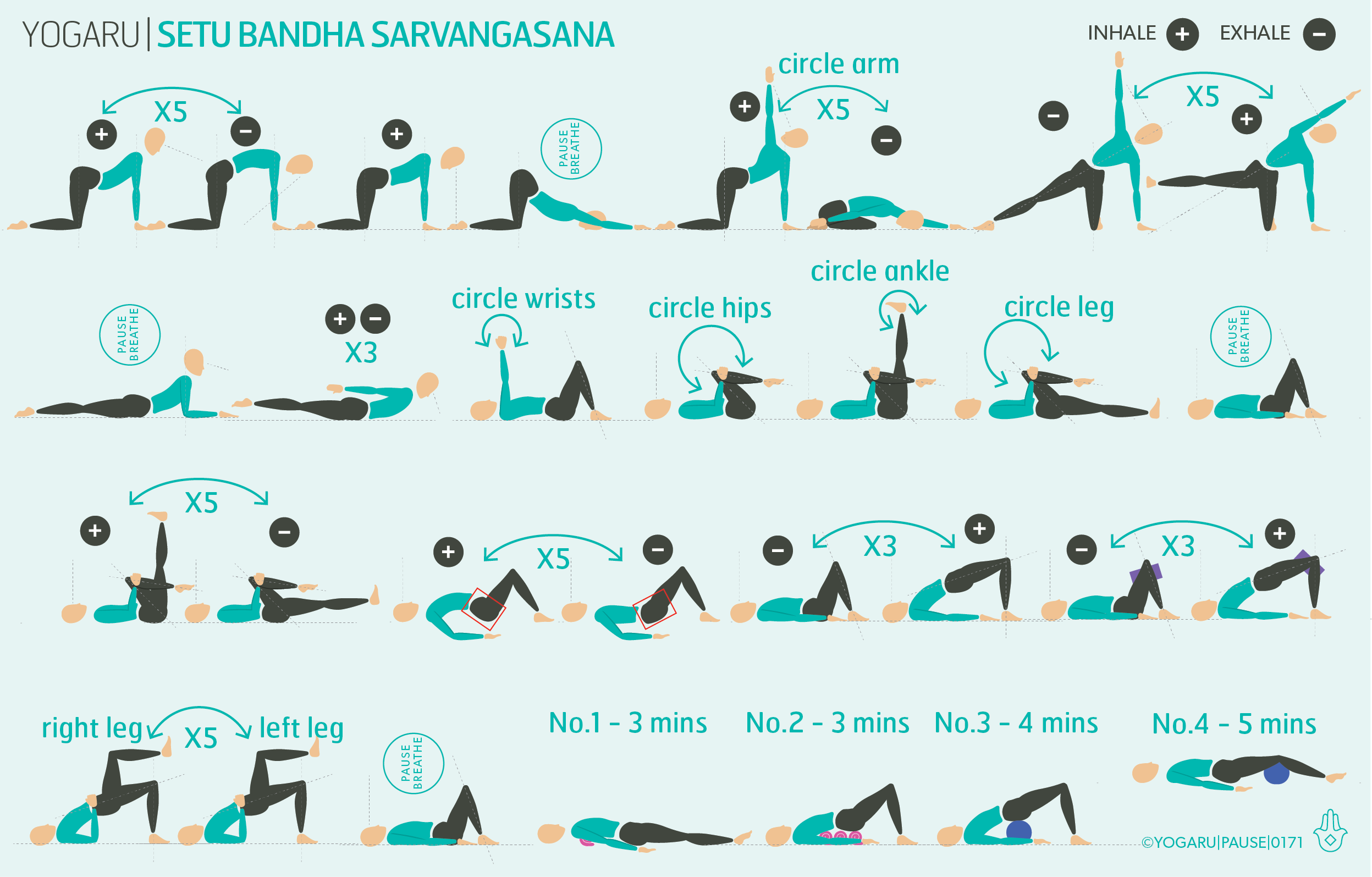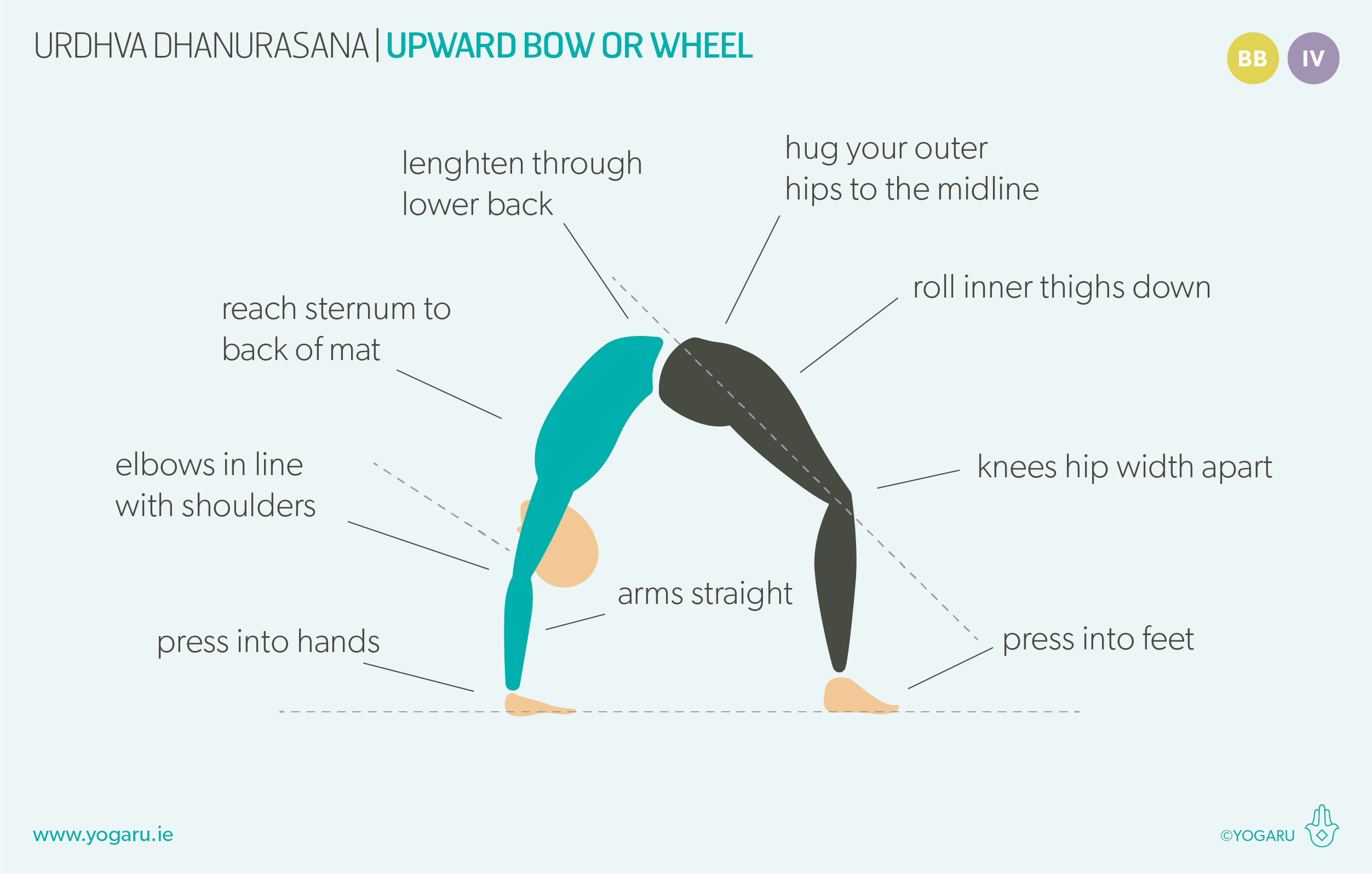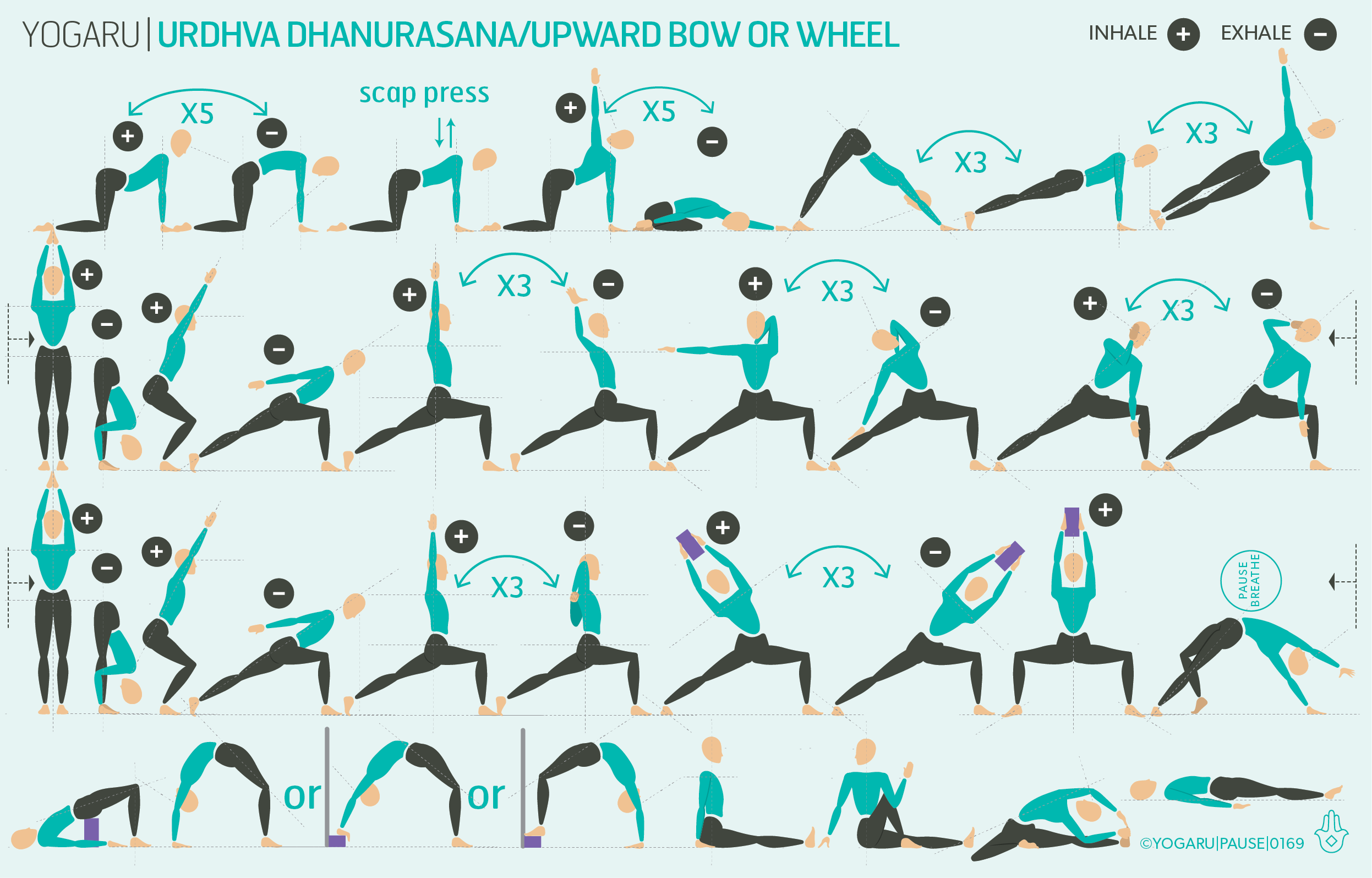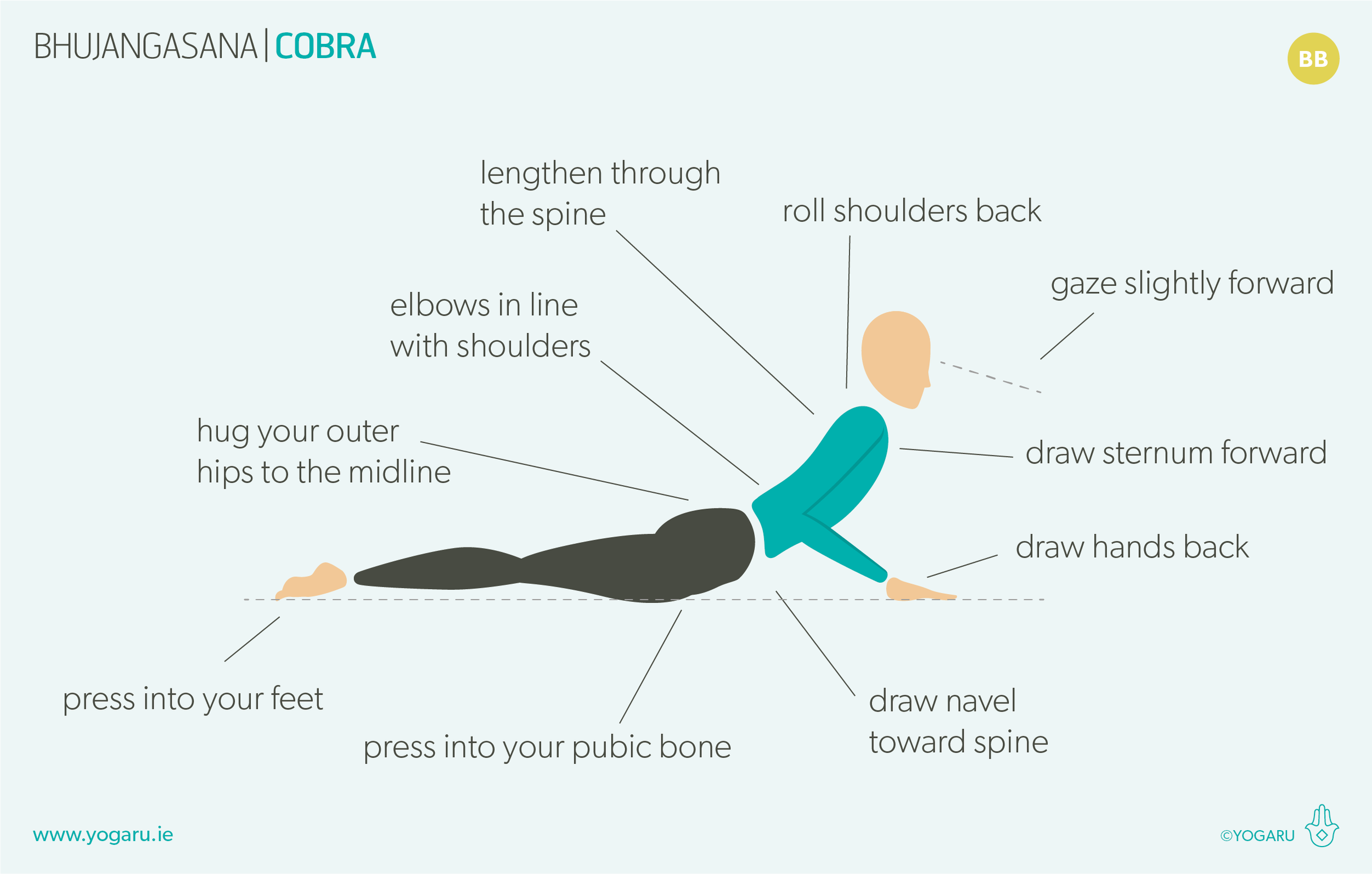THE POSE TO SUIT YOUR NEEDS
Setu Bandha Sarvangasana/Bridge is one of the most well known and accessible backbend poses with lots of versions to suit your needs. It can be an energising and strengthening pose or a restorative and restful pose. Props are a great addition to the pose to either strengthen or soften the intensity. To add challenge you can place a brick between the knees to switch the adductor muscles on, or hold a brick between the arms to work the shoulders. To create more ease you can place a brick or bolsters under the hips for support or place a brick between your knees and strap it with a belt too .
THE BENEFITS OF SETU BANDHA SARVANGASANA/BRIDGE
Setu Bandha Sarvangasana/Bridge strengthens the spine, hamstrings, glutes and shoulders. It stretches the chest, core, quads and shoulders. This versatile backbend aids digestion, eases stress, tension, anxiety, expands lung capacity, realign the spine, improves posture and regulates metabolism. The energising, active versions of the pose strengthen the whole back body as you press the hips up against gravity, which, when done slowly and consciously, also help with hip stability and strength. The restorative, restful version of the pose work on balancing the nervous system and is the perfect pose after a long day sitting at a desk or after a workout session.
EXPLORING SETU BANDHA SARVANGASANA/BRIDGE IN YOUR PRACTICE
This sequence is perfect for days where you want to get a practice in and are feeling a bit low on energy. We stay low to the ground but still get plenty of mobility to the hips, spine and shoulders. There are both energising and restorative versions of Setu Bandha Sarvangasana/Bridge and it finishes with four restorative poses. Pose No.1 has a rolled blanket just under the shoulderblades to gently open the chest, No.2 has three rolled blankets under the back and hips to incrementally bring you up into No.3 supported SSetu Bandha Sarvangasana/Bridge with a bolster. The amount of time you spend in each of these restorative poses is up to you, I have given a suggested time per pose. Remember to do both sides on the mini flows where there is one leg lifting or circling.
ALIGNMENT CUES
Luxuriate in the simplicity of this gentle sequence. Move in a way that feels best for you and try not to get too caught up on what comes next or poses that you are not familiar with. This sequence is purely about moving with ease and kindness.
Have a read of the tips below and either print out the sequence or save it onto your device:
Lie on your back with your knees bent, feet parallel and hip width apart, heels close to your sit bones.
Arms pressed into the ground beside you. Root through your big toe mound and inner heels, inhale here.
Exhale, lift your hips up, knees extend forward, sternum lift up and towards your chin.
Lightly press into the back of your head, back of the neck long. Roll your shoulders under and clasp your hands under your pelvis, extend your arms towards your feet.
Hug your outer hips to the midline, thighs parallel to the ground, roll your inner thighs down, gaze up.
To save the images for personal use click and hold down the image until the ‘save image’ option appears; on Mac hold down ‘control’ and click the image to get the option box; on PC right click on the image to get the option box. Scroll down in the ‘option box’ and click ‘save image’.
Ruth Delahunty Yogaru


